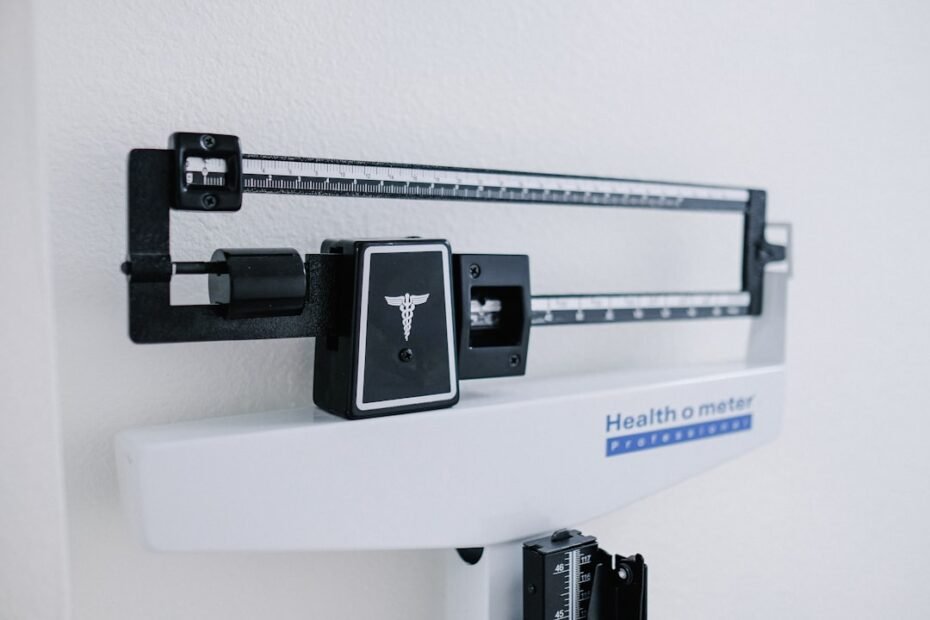In the realm of customer success, understanding the distinction between proactive and reactive strategies is crucial for fostering long-term relationships with clients. Proactive customer success involves anticipating customer needs and addressing potential issues before they escalate. This approach is characterized by a forward-thinking mindset, where customer success teams actively engage with clients to ensure they derive maximum value from a product or service.
For instance, a software company might implement regular check-ins with clients to assess their usage patterns and identify areas for improvement, thereby preventing potential dissatisfaction. Conversely, reactive customer success is primarily focused on responding to customer inquiries and issues as they arise. This approach often involves troubleshooting problems after they have occurred, which can lead to a more transactional relationship between the company and its customers.
For example, if a client encounters a technical issue and reaches out for support, the reactive team will address the problem at hand but may not take steps to prevent similar issues in the future. While both strategies are essential, the balance between them can significantly impact customer satisfaction and retention.
Key Takeaways
- Proactive customer success involves anticipating and addressing customer needs before they arise, while reactive customer success involves responding to customer issues as they arise.
- Proactive customer success strategies can lead to increased customer satisfaction, loyalty, and retention, as well as reduced churn and increased upsell opportunities.
- Being overly proactive in customer success can lead to wasted resources, overbearing communication, and customer frustration.
- Balancing proactive and reactive customer success approaches is important for effectively meeting customer needs and maximizing resources.
- Identifying when to be proactive and when to be reactive with customers requires understanding customer behavior, needs, and preferences, as well as monitoring customer feedback and engagement.
The Benefits of Proactive Customer Success Strategies
Proactive customer success strategies offer numerous advantages that can enhance customer satisfaction and loyalty. One of the most significant benefits is the ability to build stronger relationships with clients. By engaging with customers before they encounter issues, companies can demonstrate their commitment to customer success and foster a sense of partnership.
This proactive engagement can lead to increased trust, as clients feel valued and understood. For instance, a company that regularly checks in with its customers to provide insights on product usage can help clients optimize their experience, leading to higher satisfaction levels. Another key benefit of proactive strategies is the potential for increased revenue growth.
When companies anticipate customer needs and provide tailored solutions, they are more likely to upsell or cross-sell additional products or services. For example, if a customer is using a particular feature of a software product extensively, a proactive customer success manager might suggest complementary tools that enhance functionality. This not only increases the value provided to the customer but also drives additional revenue for the company.
Furthermore, satisfied customers are more likely to become advocates for the brand, leading to referrals and new business opportunities.
The Downside of Being Overly Proactive in Customer Success
While proactive customer success strategies are generally beneficial, there are potential downsides to being overly proactive. One significant risk is the possibility of overwhelming customers with excessive communication or unsolicited advice. If a company inundates clients with frequent check-ins or recommendations without considering their preferences, it may lead to frustration rather than satisfaction.
Customers may feel pressured or micromanaged, which can damage the relationship and result in disengagement. Additionally, an overly proactive approach can divert resources away from addressing immediate customer needs. If a team is focused on anticipating future issues at the expense of responding to current problems, it may lead to unresolved concerns that negatively impact customer experience.
For instance, if a customer is experiencing a critical issue but is not prioritized because the team is busy implementing proactive measures, it could result in dissatisfaction and potential churn. Striking the right balance between proactive engagement and reactive support is essential to ensure that customers feel supported without being overwhelmed.
The Importance of Balancing Proactive and Reactive Customer Success Approaches
Achieving a harmonious balance between proactive and reactive customer success approaches is vital for fostering long-term relationships with clients. A well-rounded strategy allows companies to address immediate concerns while also anticipating future needs. This dual approach ensures that customers receive timely support when issues arise while also benefiting from ongoing engagement that enhances their overall experience.
For example, a company might implement a system where customer success managers conduct regular check-ins while also maintaining a responsive support team to address urgent inquiries. Moreover, balancing these approaches can lead to improved operational efficiency within customer success teams. By integrating proactive strategies with reactive support, teams can streamline their processes and allocate resources more effectively.
For instance, insights gained from proactive engagements can inform the development of self-service resources or knowledge bases that empower customers to resolve issues independently. This not only reduces the burden on support teams but also enhances the overall customer experience by providing clients with easy access to information.
How to Identify When to Be Proactive and When to Be Reactive with Customers
Identifying when to adopt a proactive versus reactive approach requires a nuanced understanding of customer behavior and needs. One effective method is to analyze customer data and usage patterns to determine when intervention may be necessary. For instance, if a client’s usage of a product has significantly decreased, it may indicate potential dissatisfaction or disengagement, prompting a proactive outreach effort to understand their concerns and re-engage them.
Conversely, recognizing when a customer is experiencing an immediate issue necessitates a reactive response. Monitoring support tickets and feedback channels can help teams identify trends in customer inquiries that require urgent attention. For example, if multiple customers report similar technical difficulties, it may warrant immediate investigation and resolution before it escalates further.
By leveraging data analytics and feedback mechanisms, companies can develop a framework for determining when to engage proactively and when to respond reactively.
Implementing Proactive Customer Success Strategies
Implementing effective proactive customer success strategies involves several key steps that organizations must undertake to ensure success. First and foremost, establishing clear communication channels is essential for fostering ongoing engagement with customers. Regular check-ins through emails, phone calls, or virtual meetings can help maintain an open dialogue where customers feel comfortable sharing their experiences and challenges.
Additionally, training customer success teams on best practices for proactive engagement is crucial. Teams should be equipped with the skills necessary to identify opportunities for upselling or cross-selling based on customer needs. For instance, role-playing scenarios can help team members practice how to approach customers about new features or services that align with their goals.
Furthermore, utilizing technology such as Customer Relationship Management (CRM) systems can streamline communication efforts by providing insights into customer interactions and preferences.
The Role of Data and Analytics in Proactive Customer Success
Data and analytics play a pivotal role in shaping proactive customer success strategies by providing actionable insights into customer behavior and preferences. By analyzing usage patterns, companies can identify trends that indicate when customers may need additional support or guidance. For example, if data reveals that certain features are underutilized by specific segments of customers, proactive outreach can be initiated to educate them on how to leverage those features effectively.
Moreover, predictive analytics can enhance proactive strategies by forecasting potential churn risks based on historical data. By identifying customers who exhibit signs of disengagement—such as reduced usage or negative feedback—companies can take preemptive measures to address concerns before they lead to attrition. This data-driven approach not only improves customer retention but also empowers organizations to tailor their offerings based on individual client needs.
Building a Strong Foundation for Reactive Customer Success
While proactive strategies are essential for long-term success, building a robust foundation for reactive customer success is equally important. Establishing efficient support processes ensures that customers receive timely assistance when issues arise. This includes implementing ticketing systems that prioritize urgent inquiries and streamline communication between support teams and customers.
Additionally, investing in comprehensive training for support staff is crucial for effective reactive engagement. Team members should be well-versed in product knowledge and equipped with problem-solving skills to address diverse customer concerns efficiently. For instance, conducting regular training sessions on common issues and resolutions can enhance the team’s ability to respond quickly and effectively.
Leveraging Customer Feedback for Proactive and Reactive Customer Success
Customer feedback serves as a valuable resource for both proactive and reactive customer success strategies. Actively soliciting feedback through surveys or interviews allows companies to gain insights into customer experiences and identify areas for improvement. This information can inform proactive initiatives aimed at enhancing product features or services based on client preferences.
In addition to guiding proactive efforts, feedback also plays a critical role in shaping reactive responses. Analyzing feedback trends can help organizations identify recurring issues that require immediate attention. For example, if multiple customers report similar challenges with a specific feature, it may prompt the team to investigate further and implement necessary fixes promptly.
By leveraging feedback effectively, companies can create a continuous loop of improvement that benefits both proactive engagement and reactive support.
Training and Empowering Customer Success Teams to Find the Right Balance
Training and empowering customer success teams is essential for achieving the right balance between proactive and reactive approaches. Organizations should invest in ongoing professional development programs that equip team members with the skills needed to navigate both strategies effectively. This includes training on communication techniques for proactive outreach as well as problem-solving skills for reactive support.
Moreover, fostering a culture of collaboration within customer success teams encourages knowledge sharing and best practices among team members. Regular team meetings or workshops can provide opportunities for discussing challenges faced in both proactive and reactive engagements, allowing teams to learn from one another’s experiences. Empowering team members with autonomy in decision-making also enables them to respond swiftly to customer needs while maintaining alignment with overall company goals.
Measuring the Success of Proactive and Reactive Customer Success Approaches
Measuring the effectiveness of both proactive and reactive customer success approaches is vital for continuous improvement. Key performance indicators (KPIs) such as customer satisfaction scores (CSAT), Net Promoter Score (NPS), and churn rates provide valuable insights into how well each strategy is performing. For instance, an increase in NPS following proactive outreach efforts may indicate that customers appreciate the added support.
Additionally, tracking response times for reactive support inquiries can help assess the efficiency of reactive strategies. Monitoring metrics such as first response time (FRT) and resolution time can provide insights into how effectively teams are addressing immediate concerns. By analyzing these metrics regularly, organizations can identify areas for improvement in both proactive engagement and reactive support, ultimately enhancing overall customer success outcomes.





